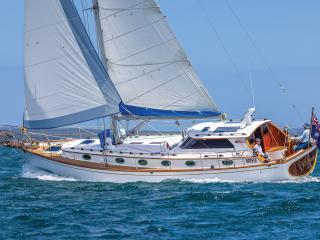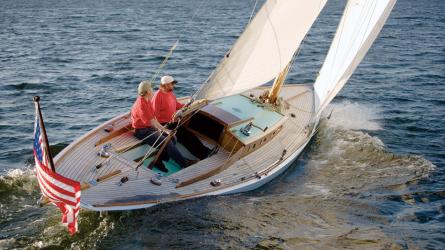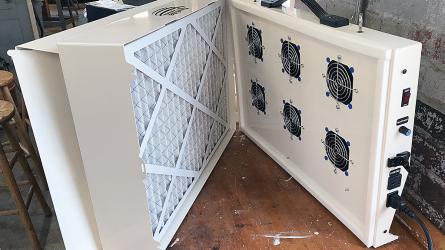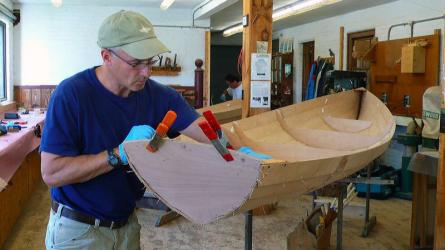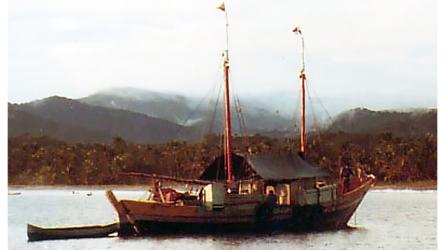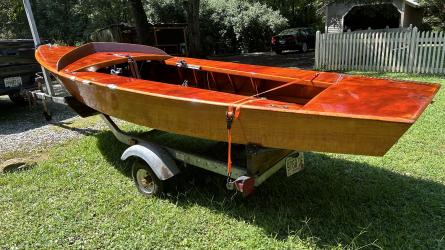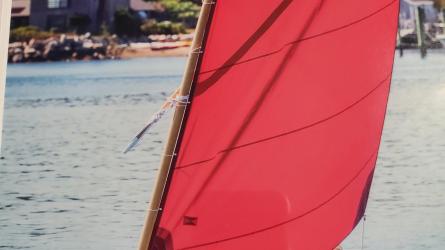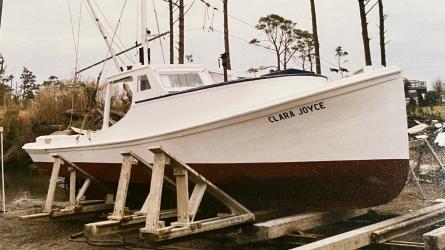May / June 2022
Varnish Brush Care
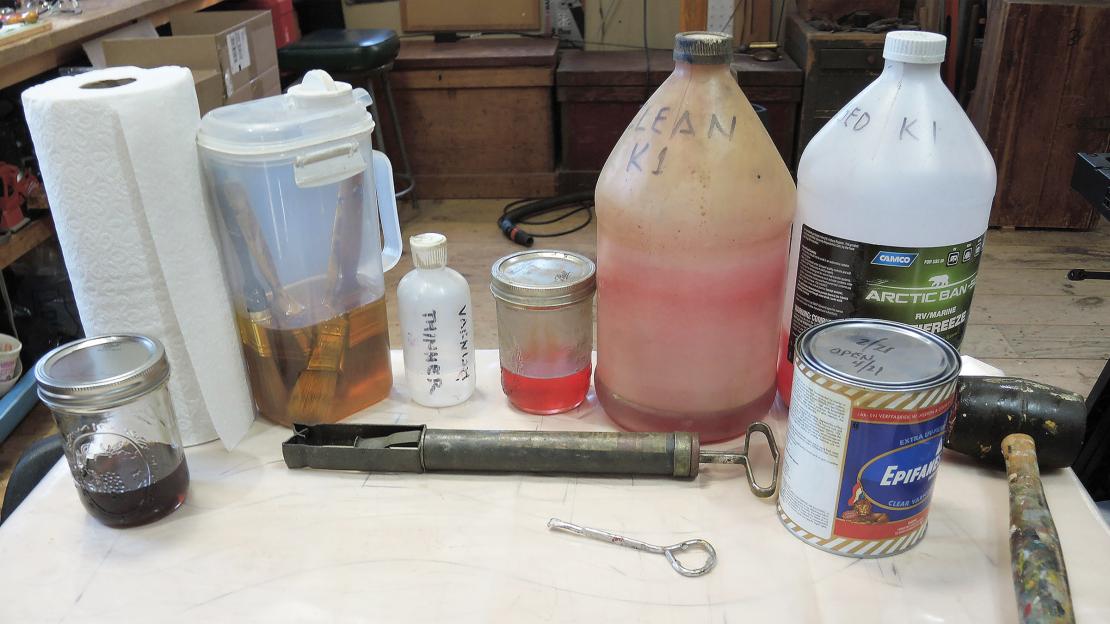
The photograph above shows all the ingredients and equipment used for Bart Chapin’s method of varnish brush care—sans the bucket used for spinning and the bucket used for varnish. Chapin swears by this method, which he’s used to work on his extensive fleet of boats large and small.
Good varnish brushes are an investment. The Wooster Brush Company’s natural-bristle brushes come in a wonderful variety, the best of which can cost more than $150. I typically use so-called badger-hair brushes, which are usually made of hog bristles colored to look like badger hair. They cost $10 to $25 depending on the size. I keep a 1½" and a 2" brush in a repurposed juice container most of the time. I don’t often use disposable bristle brushes because they tend to lose bristles no matter how many you pull out before use. I use disposable foam brushes for small projects, but have found that good-quality bristle brushes are a key element of a smooth, level, and blemish-free varnished finish.
In order to protect my investment in good brushes, I’ve adapted techniques described by Maynard Bray about a decade ago (see WB No. 111) to keep them clean, soft, and ready to use.
To read the rest of this article:
Click the button below to log into your Digital Issue Access account.
No digital access? Subscribe or upgrade to a WoodenBoat Digital Subscription and finish reading this article as well as every article we have published for the past 50-years.
ACCESS TO EXPERIENCE
Subscribe Today
1 YEAR SUBSCRIPTION (6 ISSUES)
PLUS ACCESS TO MORE THAN 300 DIGITAL BACK ISSUES
DIGITAL $29.00
PRINT+DIGITAL $42.95
Subscribe
To read articles from previous issues, you can purchase the issue at The WoodenBoat Store link below.
 Purchase this issue from
Purchase this issue from


